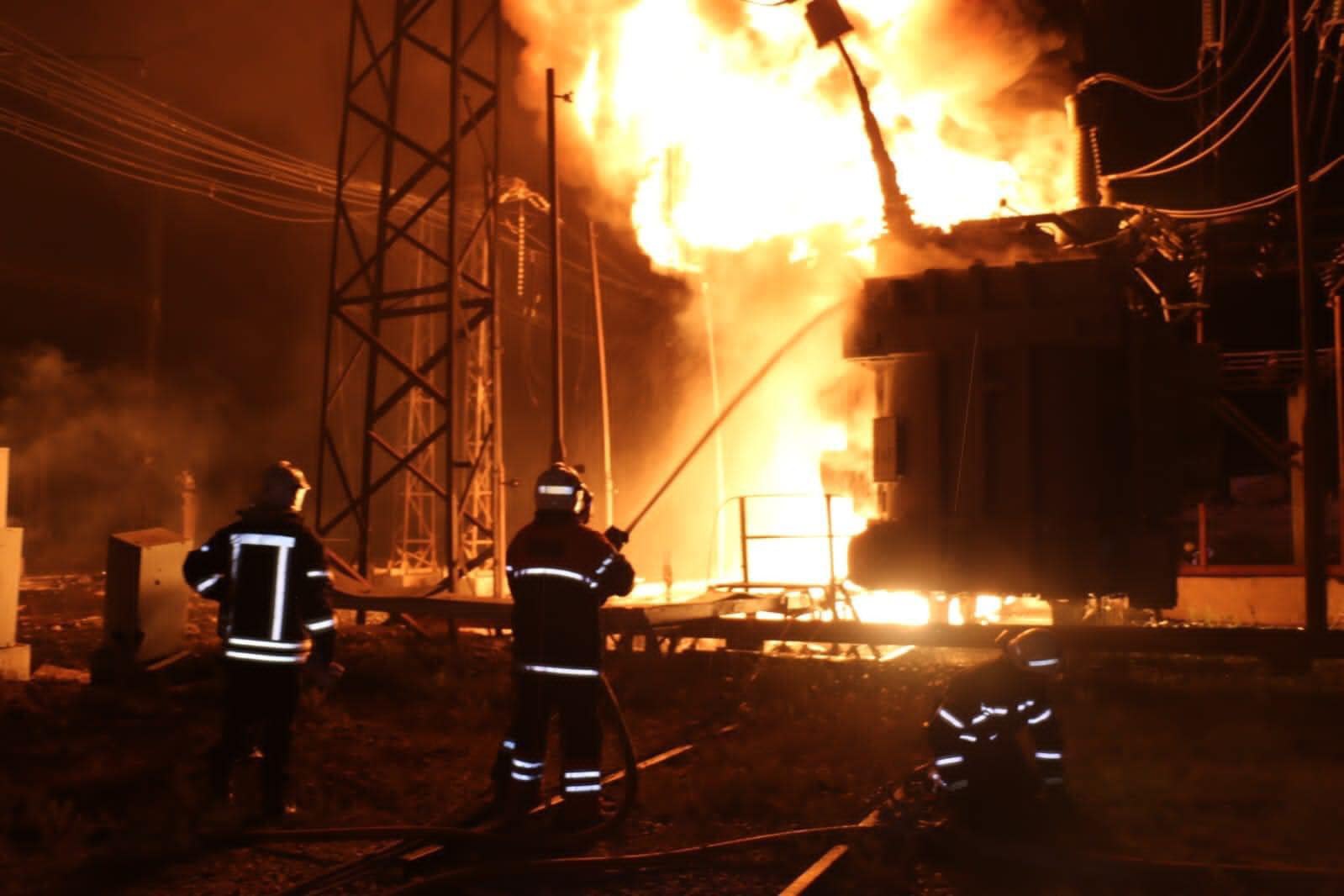
Empty underground storage facilities
Since the beginning of the year, Ukraine has been importing gas on an emergency basis, and the volumes are only growing every month. Between January and March alone, Naftogaz purchased 800 million cubic metres of gas from the European market.
The main reason for the emergency purchases is Russia's attacks on gas production. Since the beginning of the year, the Kremlin has bombed field infrastructure at least eight times. Naftogaz says it has lost part of its production, but does not give an exact figure.
Could the government have foreseen such a catastrophic scenario? On the one hand, Naftogaz and the Ministry of Energy claimed last year that the state was well prepared for the winter and could get through the heating season on domestic production alone. At the same time, the International Monetary Fund believed back in October that Ukraine would need to import 1-2 billion cubic metres of gas.
And Naftogaz itself announced back in September that it was still planning to buy gas on the European market. At that time, the European Bank for Reconstruction and Development provided a €200 million loan. However, Naftogaz preferred not to call such purchases imports. They said that the fuel would not be cleared through customs and would be stored only in non-emergency cases. It is unclear how much gas was imported and what the fate of this gas is.
Since then, the management of Naftogaz has changed, the fields have been heavily damaged, and the underground storage facilities were almost empty by spring.
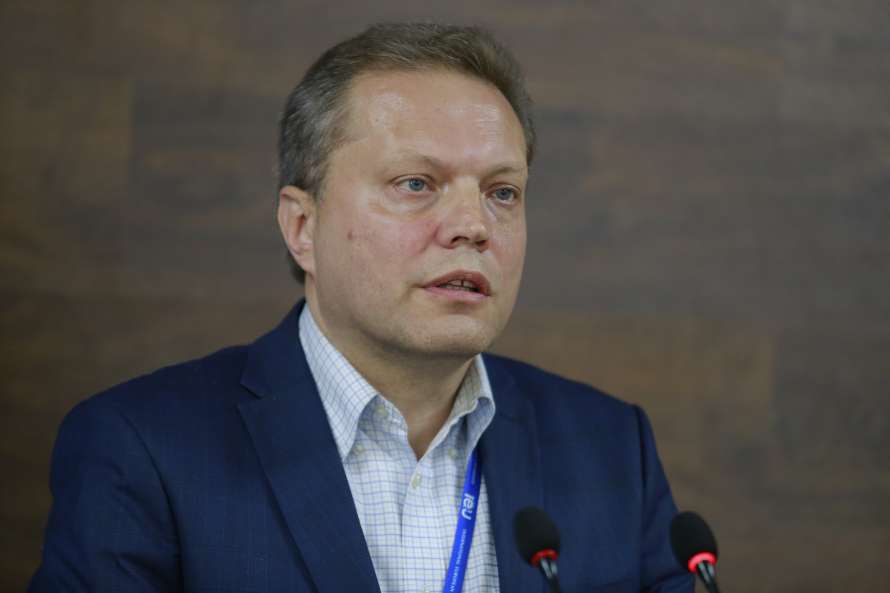
"We have never seen such low volumes. There is less than a billion cubic metres of active gas. This is the fuel that we can lift and use. For your understanding, I do not recall that we had less than 3 billion cubic metres at the end of the heating season. We can debate whether this situation could have been foreseen. But there is a fact: due to Russian ballistic missile and drone strikes, our production has seriously decreased. According to various estimates, it could be as much as a 40% drop," said Volodymyr Omelchenko, Director of Energy Programmes at the Razumkov Centre.
The so-called energy truce has not changed the situation with attacks on gas production. First, Russia does not comply with the agreements. For example, on 28 March, the Kremlin ordered the bombing of Ukrainian gas production facilities, which resulted in significant damage to several facilities. This happened three days after the agreement was reached in Saudi Arabia.
Secondly, it is not clear whether gas fields and their infrastructure are included in the list of objects that are not subject to attack. Ukraine has provided the United States with an exhaustive list of energy infrastructure that should be covered by the temporary ceasefire. At the same time, the Kremlin published its own list, and there are no gas fields on it.
"The final list was drawn up without Ukraine by the US and Russian delegations. Why is there no gas production there? Because Russia has focused its attacks on it, and it is a matter of principle for them. And I don't understand why the US didn't think about the fields," added Omelchenko.
The situation in the energy sector was somewhat eased by the early end of the heating season. By the beginning of April, batteries in almost all cities were cold and gas consumption had dropped. However, the weather has deteriorated significantly in recent days and frost has returned to Ukraine.
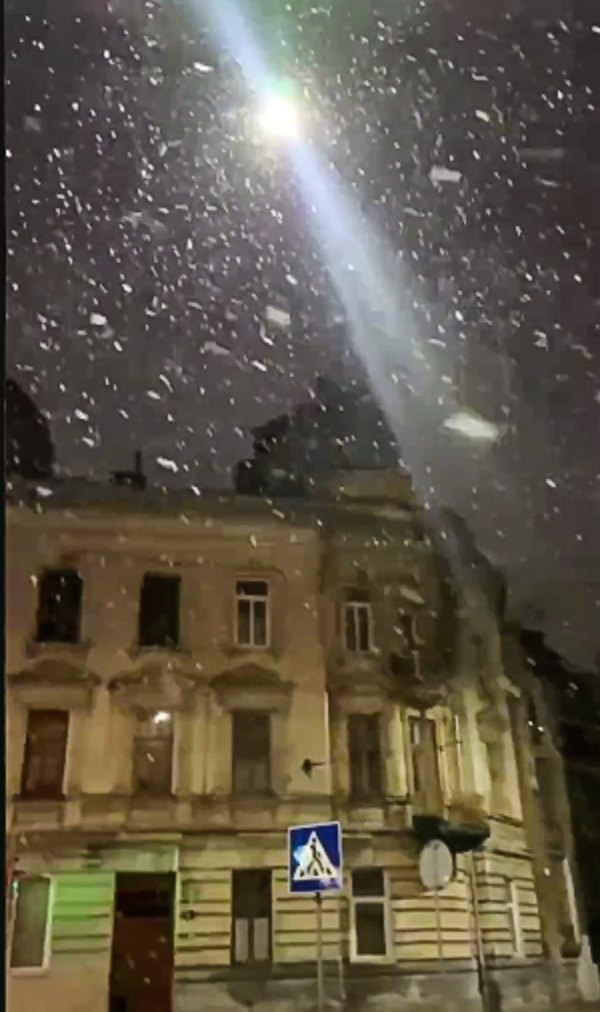
For example, Ternopil, Chernivtsi, Dubno and a number of other cities have announced the resumption of the heating season. At the same time, the load on the electricity sector has increased significantly. For example, on the morning of Monday, 7 April, electricity consumption increased by as much as 16%. All of this is happening against the backdrop of scheduled repairs at nuclear power plants: two power units have been out of service for two days. NPPs account for more than half of Ukraine's electricity generation.
How much gas needs to be purchased
The situation with natural gas in Ukraine is not yet critical. That is, there is enough gas to meet the country's current needs. The problem is how to prepare for the next heating season in time.
The Ministry of Energy has reiterated that tariffs for households will not be raised, even in the face of expensive imports. There are no plans to revise gas prices. Indeed, the government has extended the special obligations until 31 October. This means that during this period, Naftogaz is obliged to sell natural gas to the public at a reduced price of UAH 7.96.
"We have no risk of limiting gas consumption until autumn. As a large share of fuel consumption is for heating. But it is difficult to make categorical forecasts about the next heating season. It depends on how much gas we will be able to import and what our production will be. But if we also think about optimising gas consumption, we can do without restrictions," said Andriy Ursta, General Manager for Market Development at DiXi Group.

Over the previous winter, the country used 5% more gas than the government expected. Consumption in the last heating season (from November 2024 to March 2025) totalled 14.8 billion cubic metres.
Meanwhile, production over the same period, according to Naftogaz, fell by 700 million cubic metres. (The expected level was 7.6 bcm, but the final figure was 6.91 bcm.)
"Until 1 February, we were doing better than we had planned in the country's balance sheet. There was shelling, and we lost a very large part of production. We compensated for this with imports. In February-March, we imported almost 800 million cubic metres of gas. This resource was necessary to balance the system and daily withdrawal," said Dmitry Abramovich, a member of the Naftogaz Management Board.
The company estimates that the country is ending the heating season with reserves 500 million cubic metres lower than expected. In general, the state has not yet managed to fully compensate for production losses. This means that repairs are still ongoing and imports will continue to grow. The facilities of Ukrgasvydobuvannya, the largest company in the industry, were hit hardest by the Russian attacks. Naftogaz reported that it has already started signing contracts for fuel imports for the summer.
"We need to import 4.5-4.6 billion cubic metres of gas to reach a gas balance comparable to last year's by 1 November," added Dmitry Abramovich.
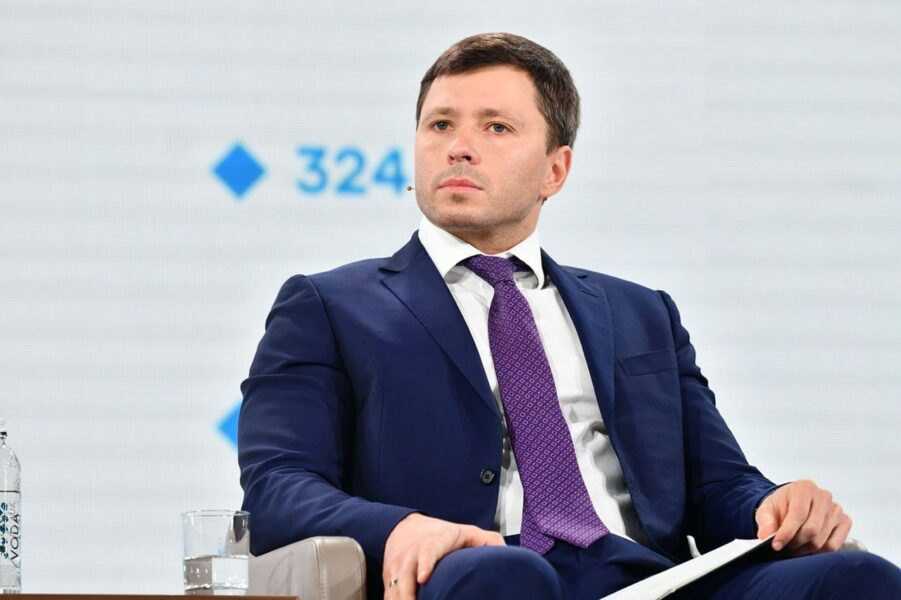
The company believes that consumption will not increase significantly in the next heating season compared to previous winters. Instead, the Ministry of Energy predicts the opposite - an increase in gas consumption this year. The government also believes that natural gas production will decline in 2025.
"While our previous production forecast was 18.4-18.6 billion cubic metres, we now understand that it will be lower in a calendar year, in proportion to the damage caused. I won't say the figure publicly, as we are taking measures to stabilise some of the production," said Deputy Energy Minister Mykola Kolisnyk.
Last year, Ukraine produced more than 19 bcm of gas, which is more than 2% more than in 2023. The lion's share of Ukraine's natural gas (76.1%) is produced by the state-owned Ukrgazvydobuvannya. Ukrnafta's share is much more modest - 5.9%, or 1.11 bcm. In contrast, private production companies produced 3.4 bcm last year (18% of the total).
"Last year, we added 6.5-7% to gas production, and according to preliminary estimates, we will repeat this figure in 2025. That is, we will not decline," assured Serhiy Fedorenko, Ukrnafta's Chief Commercial Officer.
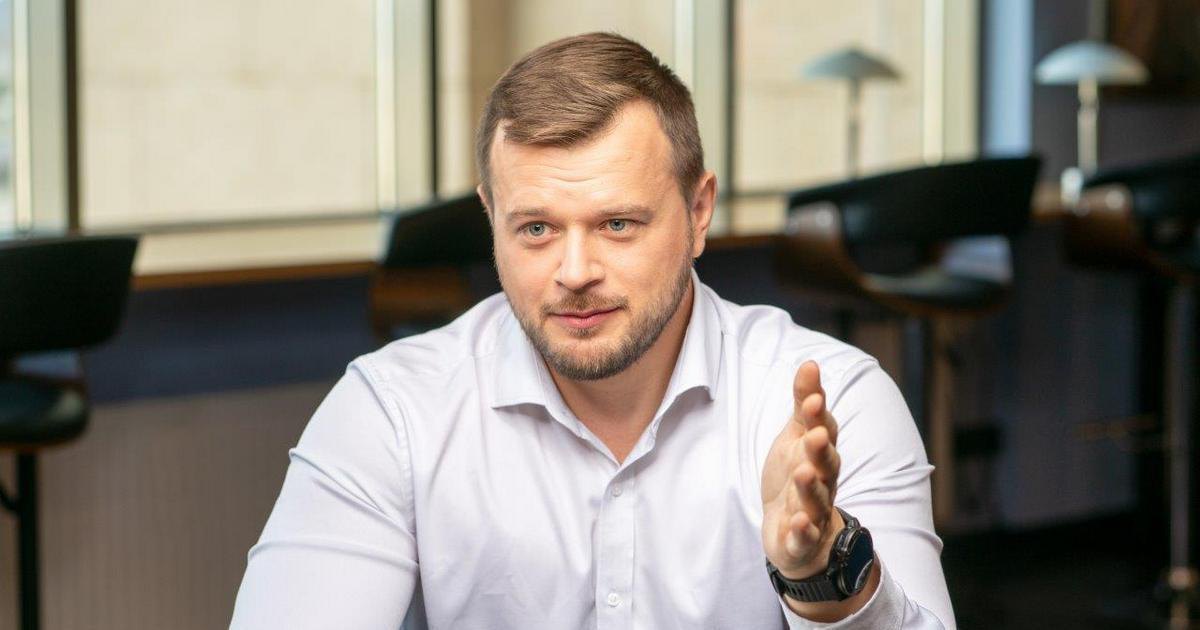
Private companies are cautiously forecasting an increase in gas production this year by about 150-200 million cubic metres. And this is half as much as expected.
Private companies have complained to the government about another factor that is slowing down production growth: companies are being fined by the Ukrainian Gas Transmission System Operator for poor gas quality. At the same time, they claim that they are not to blame for the changes in fuel properties. However, so far, neither the Cabinet of Ministers nor the energy regulator, the National Energy and Utilities Regulatory Commission, are in a hurry to change the law. Although such fines can be imposed not only on private but also on state-owned companies.
"The Russians hit certain facilities that are responsible for gas quality indicators, among other things. And the companies' gas cannot fully meet the quality parameters set out in their contracts. Therefore, the affected facilities have two options. Either to supply slightly different gas or not to supply it at all. Of course, in the current environment, every cubic metre is extremely important," said Artem Petrenko, Executive Director of the Association of Gas Producers of Ukraine.
The government is also looking for ways to encourage foreign companies to store their gas in Ukrainian underground storage facilities. The state cannot use this fuel for its own needs, but at the same time, it helps maintain pressure in the network.
However, since last spring, foreign companies have been reluctant to pump gas into Ukraine due to repeated Russian attacks on the storage infrastructure.
For your understanding, while in 2023 non-residents (foreign companies) pumped more than 2 billion cubic metres into Ukrainian UGS facilities, as of December last year, this figure was only 80 million cubic metres.

Where to get the money for imports
Ukraine needs about €2 billion to buy gas for the next heating season. This figure is based on the current price of natural gas at the hub in the Netherlands (TTF).
By the way, the price of gas on the European market is steadily declining. At the beginning of February, it was around EUR 600 per thousand cubic metres, but now it is much lower - around EUR 380.
The state does not yet have the funds to purchase 4.5 billion cubic metres of gas abroad. Naftogaz cannot raise the entire amount on its own - it simply does not have the funds physically available. The state budget also lacks them, and foreign loans or grants are still too small. Ukraine received a €270 million loan from the European Bank for Reconstruction and Development. Norway provided another €140 million in grants. That is a total of 20% of the required amount.
"On the one hand, there is nothing fantastic or impossible. I mean, can we import 4-5 billion cubic metres? Yes, of course! But on the other hand, it requires a lot of money. Our government has made a political commitment to provide the country with gas by eliminating the market. That is why the Cabinet of Ministers needs to decide where to get the funds," explained Oleksandr Kharchenko, director of the Energy Research Centre.

Naftogaz said it was ready to allocate part of the money for imports from its own revenues, but it has not yet provided an exact figure.
In addition to the lack of money, Ukraine may also face increased demand for gas on the European market. As of early April, almost 37 billion cubic metres of gas remained in Europe's underground storage facilities. This is almost 40% less than last year. This month, the countries of the continent will begin active preparations for the next heating season.
LB.ua's sources in Naftogaz say that the company and the Energy Ministry do not currently understand how to finance fuel imports for the next heating season.
One of the options being discussed publicly is to resolve debt issues. For your understanding, heat producers alone owe Naftogaz about UAH 90 billion. In theory, this amount could be enough to cover all gas imports. But it is unlikely that the debts will be repaid in the coming months.
In addition, it should be real money, not budget offsets. Back in 2021, local communities and the government signed a special memorandum: the local authorities promised not to raise tariffs for heat and hot water, while the Cabinet of Ministers pledged to compensate cities for the unprofitable tariff. However, with the start of the full-scale invasion, such payments were suspended.
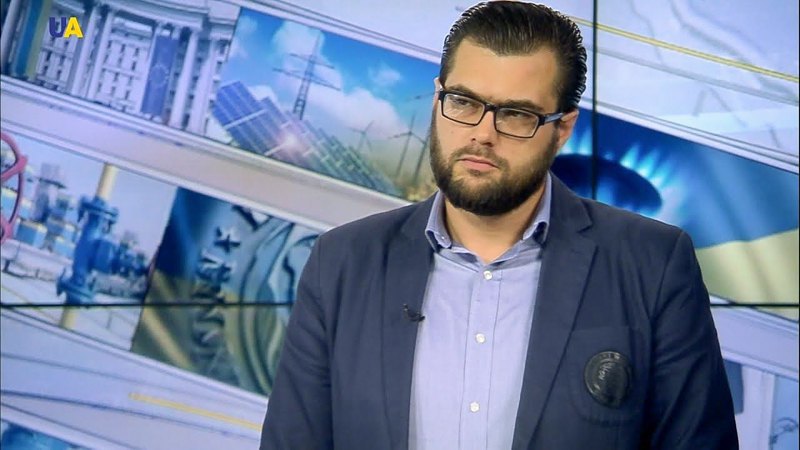
"It is almost obvious that there is no possibility to revise PSO for district heating companies, given the already high price of their services in the context of low solvency of the population. But prices can be revised for some other categories of consumers. A separate question is whether all gas-fired electricity generation should be subject to the PSO mechanism. Given that domestic gas prices are lower than European prices, these producers could buy gas on the free market," said Andrian Prokip, energy sector expert at the Ukrainian Institute for the Future.
Since 2022, Naftogaz has been supplying natural gas at preferential rates to electricity producers. Among them are many private companies that have also accumulated significant debts.
Initially, the Public Service Obligation (PSO) mechanism was intended to protect poor Ukrainians who lacked the means to pay for utilities at market prices. Instead, it has now become a benefit for all consumers, regardless of income.
Moreover, private companies are also benefiting from PSO, which raises even more questions. In the context of the search for billions of euros for gas imports, the government urgently needs to undertake a major audit of such privileged consumers.








